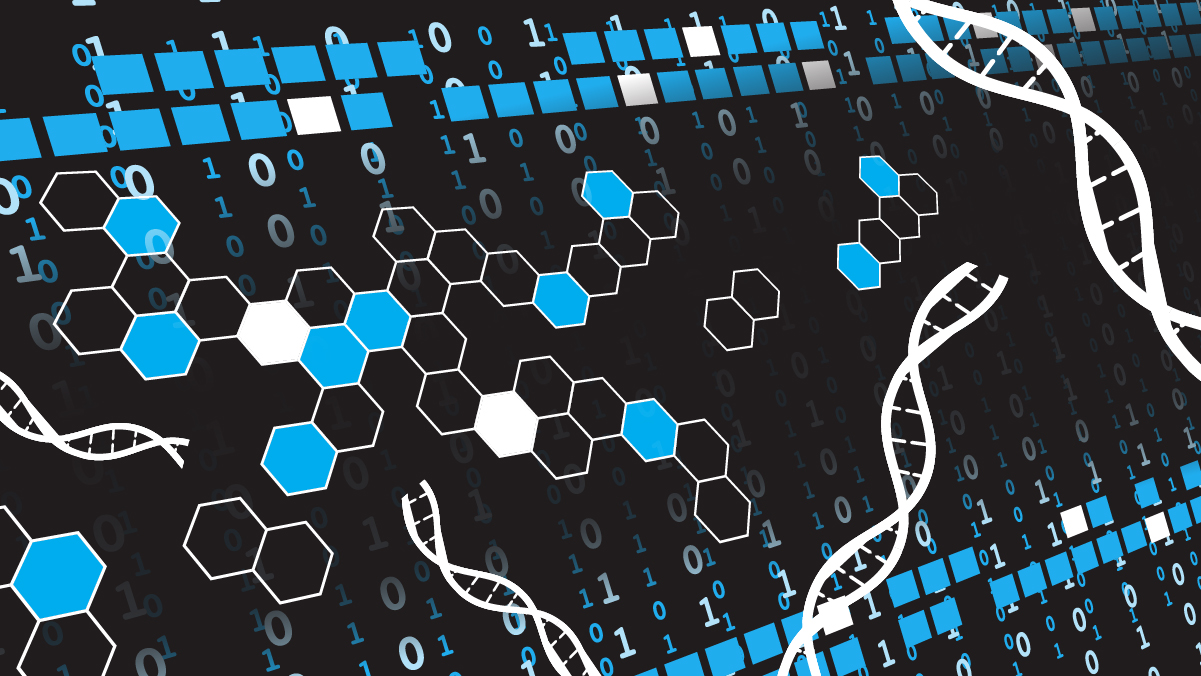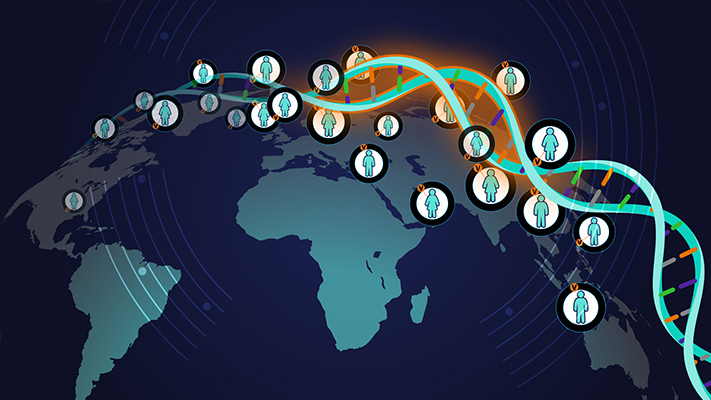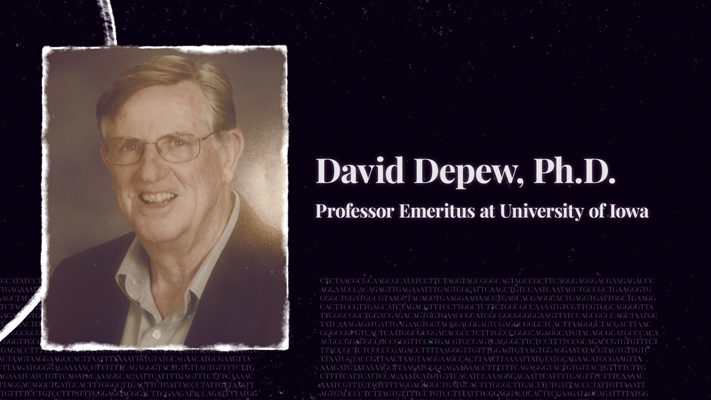Completed LINCS program generated dataset to help understand how cells function
As we approach the heart of summer, the federal government is starting discussions about having its staff return to the physical workspace. This includes NIH drafting its plans for safely managing the transition from the current COVID-19 policies related to staff density at NIH facilities. The increased use of telework over the last 17 months will undoubtedly result in some changes to how NIH staff members function, as (like for many aspects in society) we begin defining a “new normal” for our work and lives.
Also, in last month’s The Genomics Landscape, I reported my intention to appoint Vence Bonham Jr., J.D. as the NHGRI acting deputy director. I am pleased to announce that this appointment is now official!
All the best,
![]()
In This Issue
- Completed LINCS program generated dataset to help understand how cells function
- NHGRI and NCI award $33 million to improve utility of polygenic risk scores in diverse populations
- Upcoming conference to explore history and philosophy of biology and genetics
- Tenth annual ISCC-PEG meeting summary now available

Promote robust and consistently applied standards in genomics research — the use of carefully defined standards (for example, those for generating, analyzing, storing, and sharing data) has benefited genomics in numerous ways, and this must include appropriate privacy and data-security protections for those participating in genomics research.
“My research program revolves around a cohort of patients with various inflammatory disorders, some of whom we understand at a molecular genetic level, others of whom we don’t (at least yet). The success of this enterprise to discover new disease genes, to understand how they work, and to develop new therapies that effectively target the pathways we discover – all that is grounded in a sacred bond of trust between our investigative team and our patients, extending to humanity at large. And that trust, in turn, is built upon the scientific and ethical standards that the genomics community has carefully crafted and explicitly articulated over the last three decades.”
Dan Kastner, M.D., Ph.D. (Director, NHGRI Division of Intramural Research)
Seminar Series: Bold Predictions for Human Genomics by 2030
Session 6: July 12, 2021, 3 p.m. to 4:30 p.m. ET
Prediction: The regular use of genomic information will have transitioned from boutique to mainstream in all clinical settings, making genomic testing as routine as complete blood counts (CBCs).
Speakers:
- Jennifer Posey, M.D., Ph.D., Baylor College of Medicine
- Katrina Armstrong, M.D., Massachusetts General Hospital & Harvard Medical School
Moderator:
- Teri Manolio, M.D., Ph.D., NHGRI

About The Genomics Landscape
A monthly update from the NHGRI Director on activities and accomplishments from the institute and the field of genomics.
Last updated: July 8, 2021




